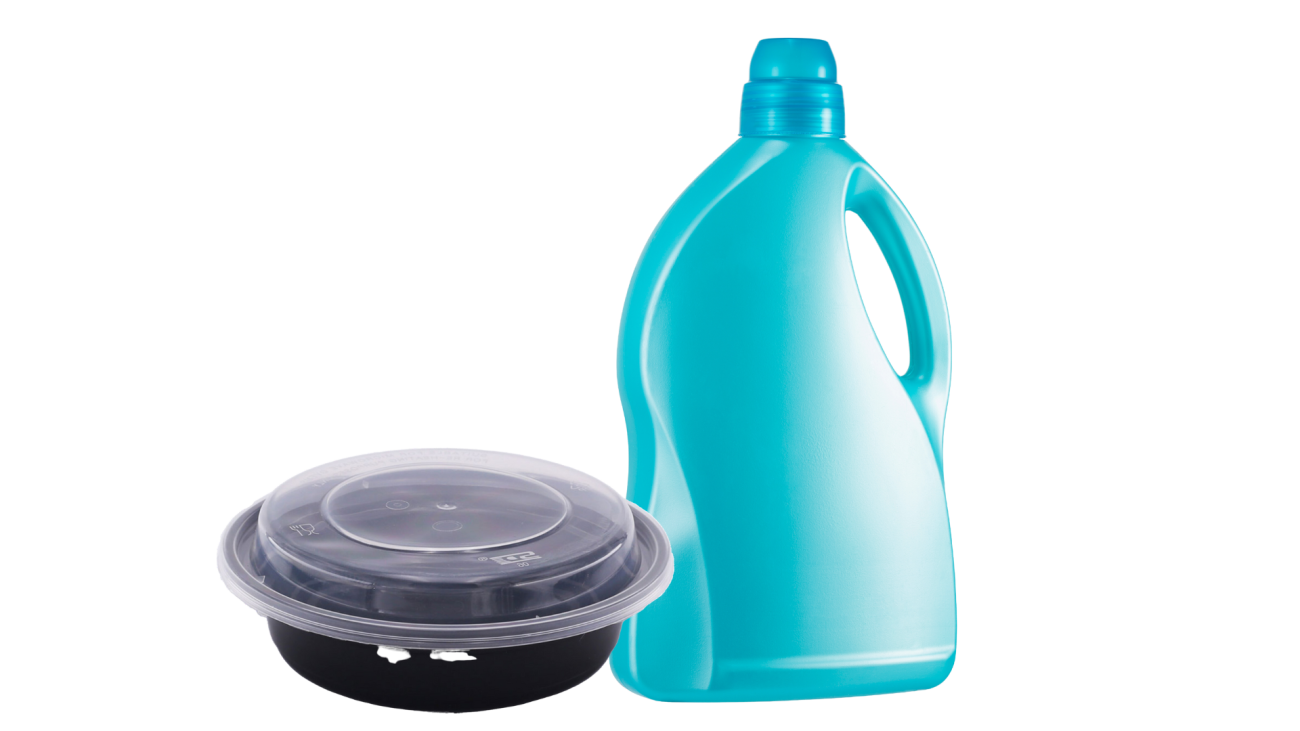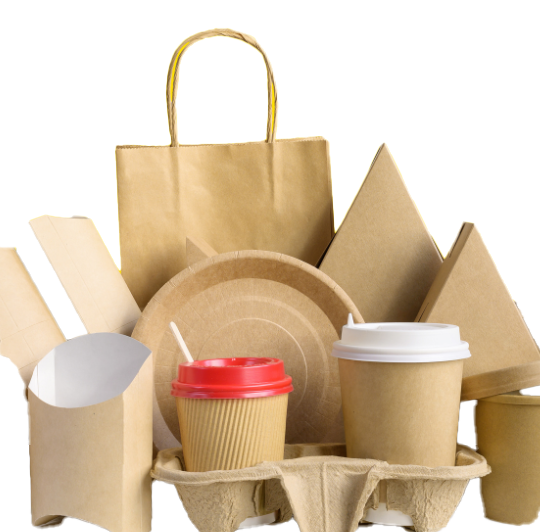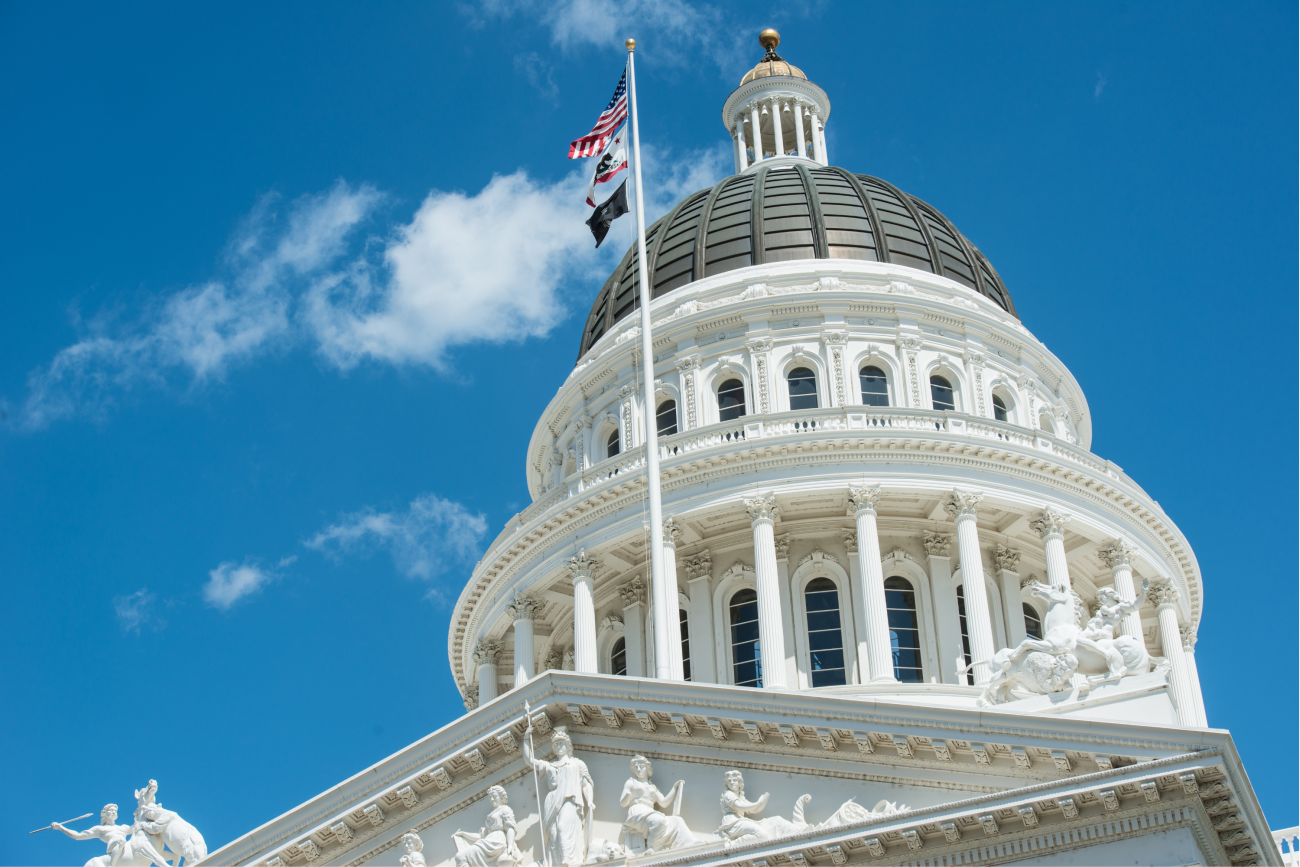Plastic Pollution Prevention and Packaging Producer Responsibility Act
SB 54
Packaging waste makes up over 50% of what we dump in California landfills by volume.
We must reduce packaging waste and ensure it gets recycled to meet our state’s recycling and climate goals.
On June 30, 2022, Governor Gavin Newsom signed SB 54 (Allen, Chapter 75, Statutes of 2022) into law to address the impacts of single-use packaging and plastic food service ware. This landmark packaging law requires that by 2032 we:
Cut By

%
Single-use plastic:
- Packaging and
- Food ware
Recycle

%
Of single-use plastic:
- Packaging and
- Food ware
Ensure

%
Of single-use:
- Packaging
- Plastic food ware
Is recyclable or compostable
The law shifts the plastic pollution burden from consumers to producers by raising $5 billion from industry members over 10 years.
This will:
- Cut plastic pollution and
- Support disadvantaged, low-income, and rural communities hurt most by the impacts of plastic waste.
Program News
- The public comment period for the SB 54 draft regulations began on March 8, 2024. CalRecycle is extending the public comment until May 8, 2024. CalRecycle will hold a hybrid public hearing on April 23, 2024. For more information, please visit the rulemaking webpage.
- Circular Action Alliance has been approved to serve as the first Producer Responsibility Organization. (Section 42061.5 of the Public Resources Code)
- CalRecycle released four SB 54 implementation documents on Dec. 28, 2023, including:
Upcoming Events
Sign up for our listserv to receive updates on SB 54 implementation.
May 1, 2024
SB 54 Nonregulatory Public Workshop:
Topics on the agenda include Needs Assessment updates and Covered Material Categories potential updates. Organizations interested in bidding on upcoming contract solicitations for the Needs Assessment are encouraged to attend.
TIME: 10 a.m. – 5 p.m.
Attend in person or online:
Location: CalEPA Headquarters, 1001 I St., Sacramento, CA 95814
- Zoom Sign-up (register in advance)
- Live Webcasts
Discussion Document (CMC)
Discussion Document (NA)
May 3, 2024
SB 54 Advisory Board Meeting:
Agenda/Public Notice is available in the SB 54 Advisory Board online repository.
TIME: 10 a.m. – 3 p.m.
Attend in person or online:
Location: CalEPA Headquarters, Sierra Hearing Room (2nd floor)
1001 I St., Sacramento, CA 95814
May 17, 2024
SB 54 Advisory Board Meeting:
Agenda/Public Notice will be available in the SB 54 Advisory Board online repository.
TIME: 10 a.m. – 5 p.m.
Attend in person or online:
Location: CalEPA Headquarters, Sierra Hearing Room (2nd floor)
1001 I St., Sacramento, CA 95814
Producers Play a Strategic Role in Building a Truly Circular Economy
SB 54 establishes a new extended producer responsibility (EPR) program to manage packaging and single-use plastic food ware products across every sector of the economy.
Producers will ensure that the packaging and plastic food ware sold in California is recyclable or compostable.
EPR gives primary responsibility for managing products after their useful life to producers, who can design and market products to be more easily reused or recycled.
EPR can encourage product design changes to:
- Ensure products are easily reused or recycled.
- Minimize negative impacts on public health and the environment at every stage of the product’s lifecycle.
Californians Throw Away
290
Olympic pools worth of plastic a day
Needs Assessment
Public Resources Code Section 42067 requires CalRecycle to develop a statewide needs assessment collaboratively.
Information from this needs assessment will guide the Producer Responsibility Organization’s budget and plan detailing how California will meet the packaging and plastic pollution reduction goals of SB 54.
Advisory Board
CalRecycle’s director appointed an advisory board to identify barriers and solutions to creating a circular economy and advise the producer responsibility organizations, producers, and the department in implementing this new law.
SB 54 Covered Material Categories List
Material regulated by SB 54 (called “covered material”) includes single-use packaging and single-use plastic food service ware [Public Resources Code Section 42061(e)].
CalRecycle must publish a list of covered material categories by July 1, 2024.
Producer Responsibility Organizations

Create Programs

Increase Recycling

Cut Trash Pollution in Disadvantaged Communities

Enroll Manufacturers
 Pay All Implementation Costs
Pay All Implementation Costs
CalRecycle
 Oversees Program
Oversees Program
![]() Appoints Advisory Board
Appoints Advisory Board

Researches Packaging Waste Types
 Reviews Plan and Budget
Reviews Plan and Budget
![]()
Publishes Recyclable or Compostable Material Categories List
![]() Calculates and Publishes Recycling Rates for Covered Materials
Calculates and Publishes Recycling Rates for Covered Materials
To stay informed on the latest information on the Packaging EPR rulemaking process and issues, sign up for email updates by joining the SB 54: Plastic Pollution Prevention and Packaging Producer Responsibility Act (Packaging EPR) listserv.
SB 54 Legislative Timeline

2022
Gov. Newsom Signs SB 54 into Law

2023
CalRecycle Appointed members of the Advisory Committee
2024
Publish List of Recyclable Compostable Categories
2025
SB 54 Regulations Adopted
2025 and 2027
CalRecycle Report to Legislature
2026
Publish Recycling Rates by
Jan. 1, 2026
2028
30% of Single-Use Plastic Packaging and Food Ware Recycled
2030
40% of Single-Use Plastic Packaging and Food Ware Recycled
2032
65% of Single-Use Plastic Packaging and Food Ware Recycled
25% Less Plastic Packaging Sold
100% of Packaging is Recyclable or Compostable
Contact
Submit non-media questions about the program to Packaging@CalRecycle.ca.gov.
For media inquiries OPA@CalRecycle.ca.gov.





